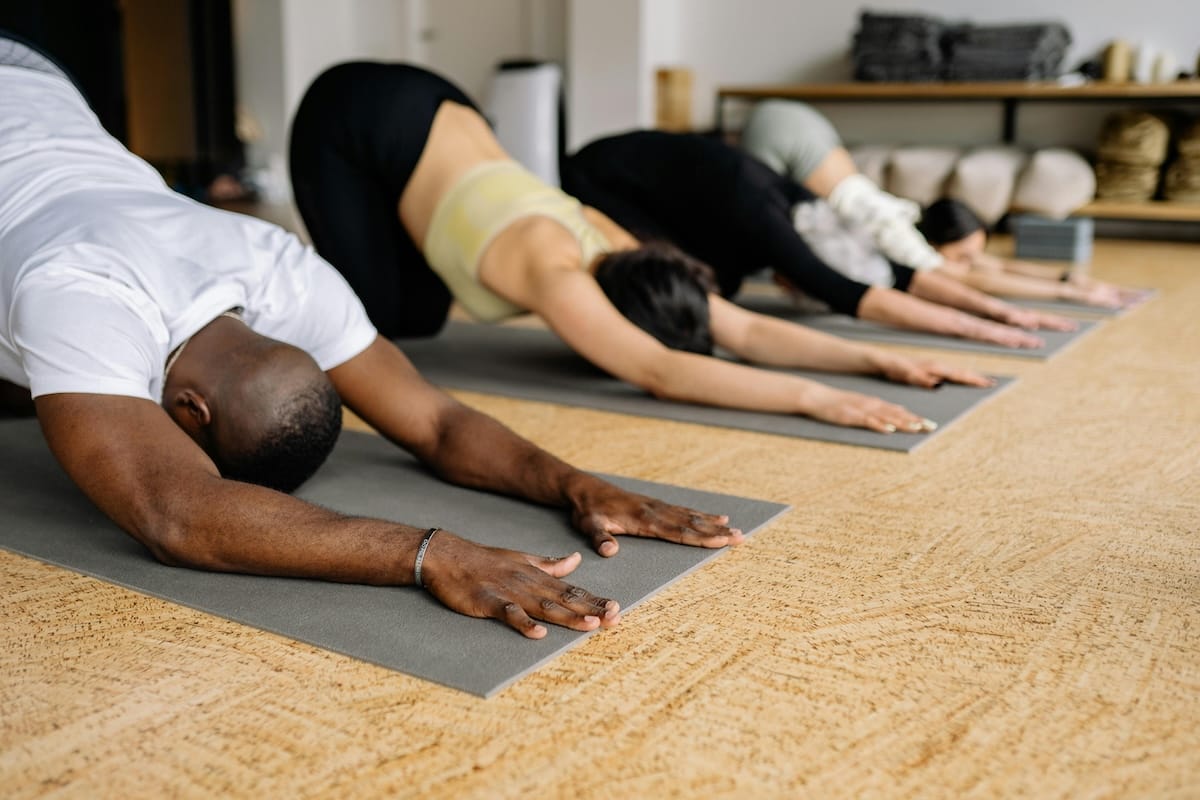How can we survive and rebuild following the storm of trauma?
As much as we’d all love to sail through life on calm seas, almost all of us will encounter storms from time to time. These storms can take many shapes, including traumatic experiences.
When something happens to us that feels very distressing, frightening, and/or out of our control, it’s called a traumatic experience, and, sadly, many of us will experience some form of trauma in our lives. For some, the effects of this can linger and turn into post-traumatic stress disorder (PTSD). This means that even though the trauma is in the past, you can be triggered into feeling like you’re re-experiencing the event in the present.
In order to understand what can help us cope with trauma, it’s helpful to recognise how trauma affects the brain.
“What happens when we experience a traumatic event is our cognitive processing system gets overwhelmed; the memory gets stuck in the amygdala,” Dr Joe Barker explains on ‘Happiful’s’ podcast episode, ‘Finding What Works: Coping with Trauma’.
“What that means is it gets stuck as something which is happening in the present. When we experience something in the present that lines up with that memory, it re-triggers it, and we almost go through it again.”
Essentially, our brain struggles to process what’s happening, and stores the memory in an unhelpful way. Coping with trauma is therefore often a careful balance of finding a way to process the memory so it can be stored better, and managing any experiences of being triggered.
With that in mind, let’s explore some effective ways to both process and cope with trauma.
Trauma therapy
Ideally, the first port of call when you’re struggling with trauma is to work with a professional. The two therapies recommended by national guidance for trauma are eye movement desensitisation and reprocessing (EMDR), and trauma-focused cognitive behavioural therapy (CBT).
Both use different approaches, but their aim is the same – to help the memory move from the amygdala through to the hippocampus. The therapies do this by gently taking you back to the traumatic experience, and helping you to process it in a safe environment.
While these two are the only ones currently recommended by national guidance, Joe notes the importance of taking control of your own healing journey, and finding what works for you.
“Different people have different experiences of trauma, and different experiences of their healing journey,” Joe says. “Trauma therapy in general is actually around empowerment and regaining control – winning back aspects of our lives. There are all sorts of different things which individuals might find helpful that sit outside those two nationally guided therapies.”
Creative expression
Another avenue you might want to consider is the creative arts. Sometimes putting words to the trauma you’ve experienced feels too difficult. Artistic approaches like painting, music, creative writing, drama, or dance can help you look at your experience from a distance.
You may choose to do this work with a professional who offers trauma-informed arts therapies, or you could have a go yourself at home. This will depend on how confident and comfortable you feel exploring these emotions alone. Try:
-
Using colour and shape to create a visual representation of a challenging feeling. Can you identify any hidden messages here?
-
Making a calming playlist that helps you feel safe.
-
Writing a letter to your past self, talking about all of the lovely things you’ve experienced since the trauma.

Hypnotherapy
Hypnotherapy is an approach that works with your subconscious through deep relaxation. In this trance state, a hypnotherapist can help you process past traumas, and any unhelpful behaviours that stem from it, safely. Similarly to other therapies that help with trauma, hypnotherapy can support you by changing the way memories are stored, and altering your reaction to triggers.
While more research is needed before it is recommended by national guidance, a 2016 meta-analysis, published in the International Journal of Clinical and Experimental Hypnosis, found evidence that hypnotherapy can be effective at alleviating symptoms for those with PTSD.
Grounding exercises
Grounding exercises utilise mindfulness to help you connect with the present moment. This can be incredibly helpful when coping with trauma, as triggers can often send you back in time, emotionally, to the traumatic event. Grounding exercises root you to where you are in the moment, and can help your body come back into a state of calm. Try these techniques:
-
Keep a grounding talisman with you, such as a rock with uneven textures. When you feel triggered, hold on to your object, and focus on how it feels in your hand, while taking slow, deep breaths.
-
Use the 5-4-3-2-1 technique. List five things you can see, four things you can feel, three things you can hear, two things you can smell, and one thing that you can taste.
-
Keep an aromatherapy rollerball with you, and use it to activate your sense of smell.
-
Eat a strong mint to activate your sense of taste.
Mind-body practices
Somatic experiencing is a particular therapeutic approach that considers how trauma can be stored in the physical body, and uses techniques to release it. As somatic experience recognises, connecting with your body is often an important part of trauma recovery. This is all about feeling safe in your body, and finding a way to regain control you may feel you’ve lost through the trauma. Mind-body practices like yoga, tai chi, and qigong can help with this.

Another guest on our ‘Finding What Works: Coping with Trauma’ episode, yoga teacher and sexual assault survivor Sarah Wheeler, explains that, at first, she found yoga difficult.
“I found it hard to be still. I found it hard just to take up space and be where I was,” says Sarah. “So much of yoga, when it’s taught in a kind, curious, and laid-back kind of way, is really about embodying; embodying who you are, and embodying who you are from moment to moment. It’s about acceptance – yes, I found downward dog hard today, maybe I’ll find it easier tomorrow. Even if I haven’t, I can continue to accept where I am.
“When we connect with the inner world, we don’t have to be so spun out by everything that’s very much an outer experience.”
The trick here is to go slow. Look for teachers who are trauma-informed, and listen to your body if something doesn’t feel right.
However you decide to approach your healing, know that you’re not alone on your journey. None of us can control the storms we have to weather in life, but there are tools available to help us rebuild and keep sailing.
Hear more from Dr Joe Barker and Sarah Wheeler on how trauma affects the brain and how we can cope, by listening to our podcast, ‘Happiful: Finding What Works’.


Comments